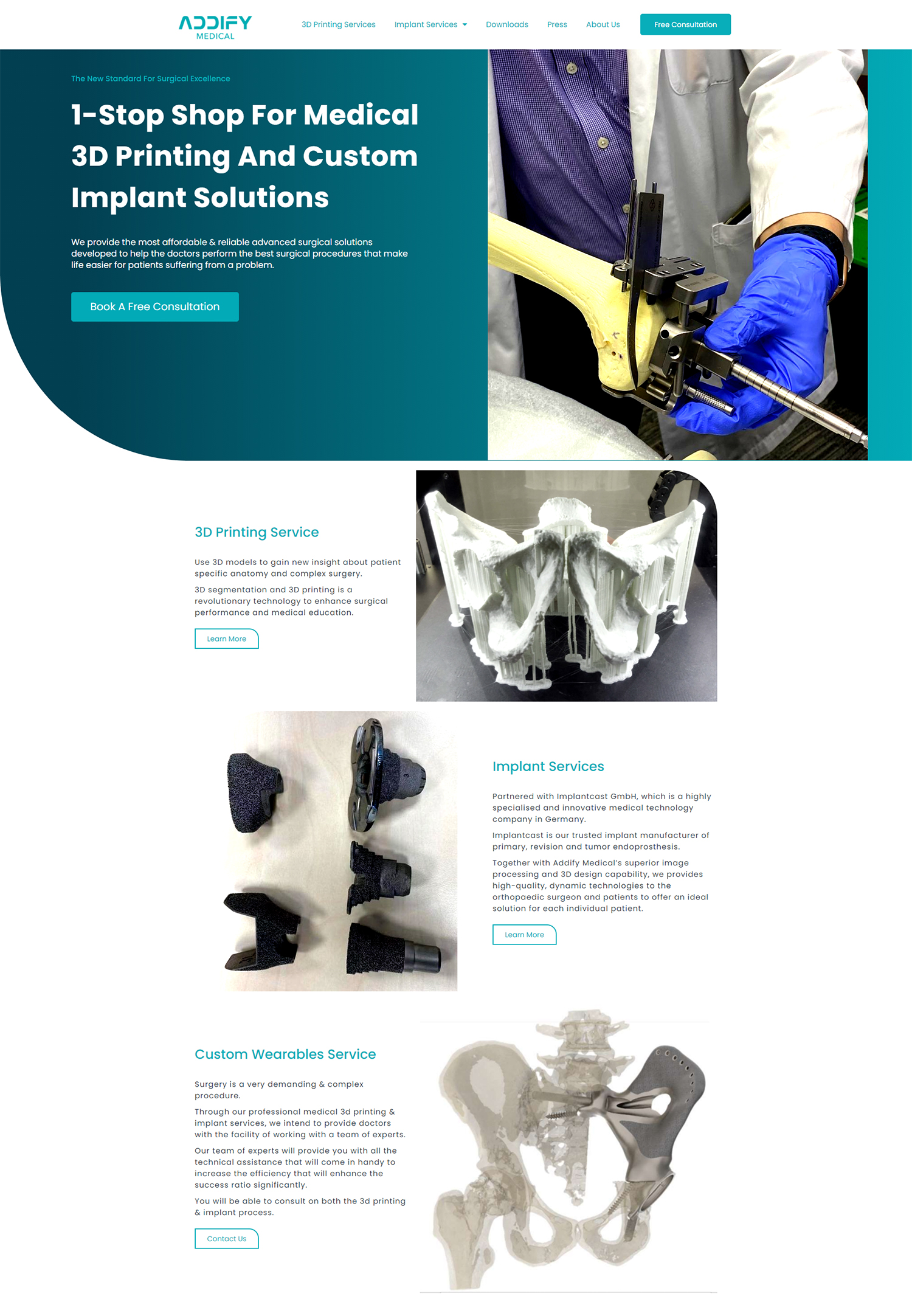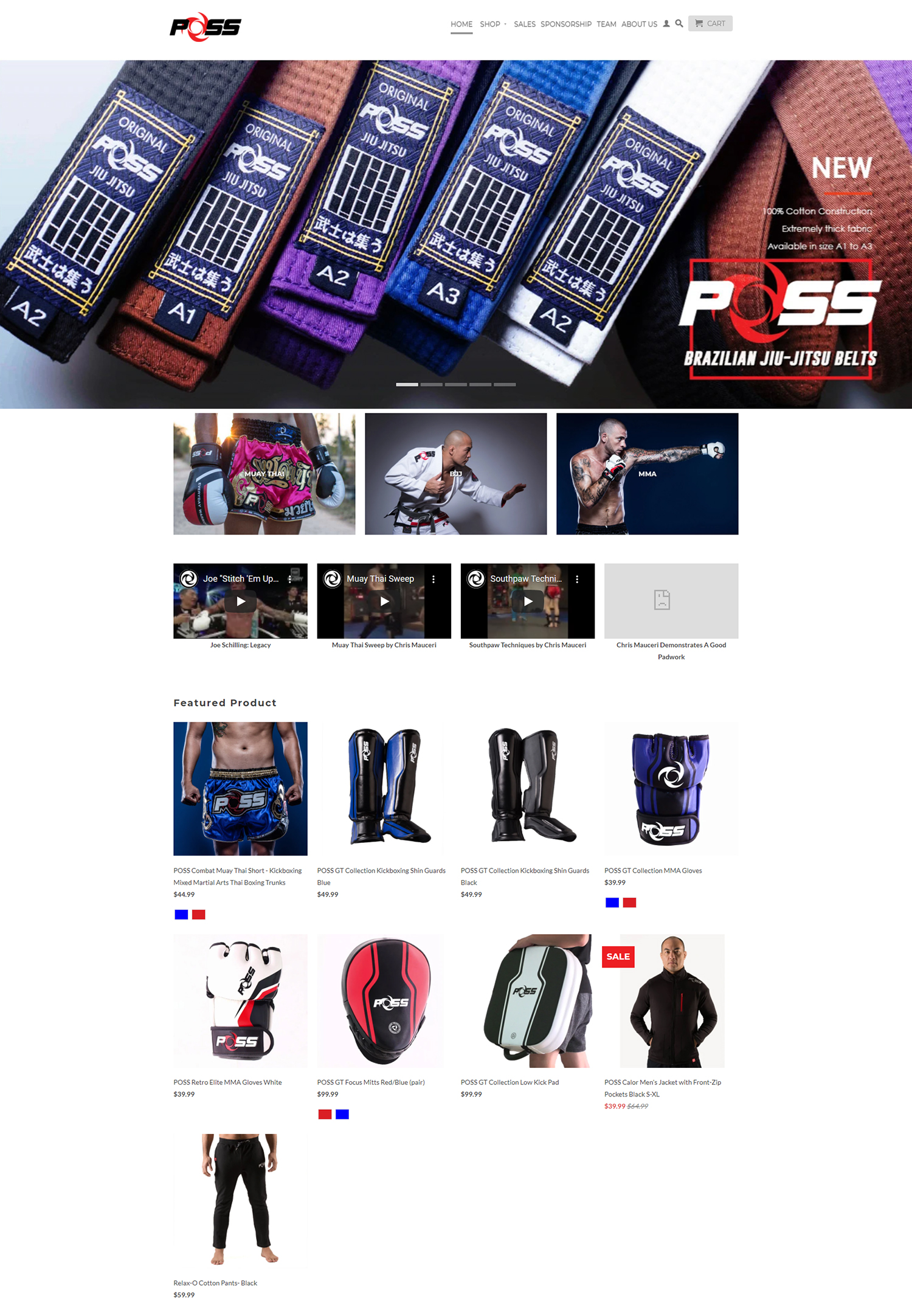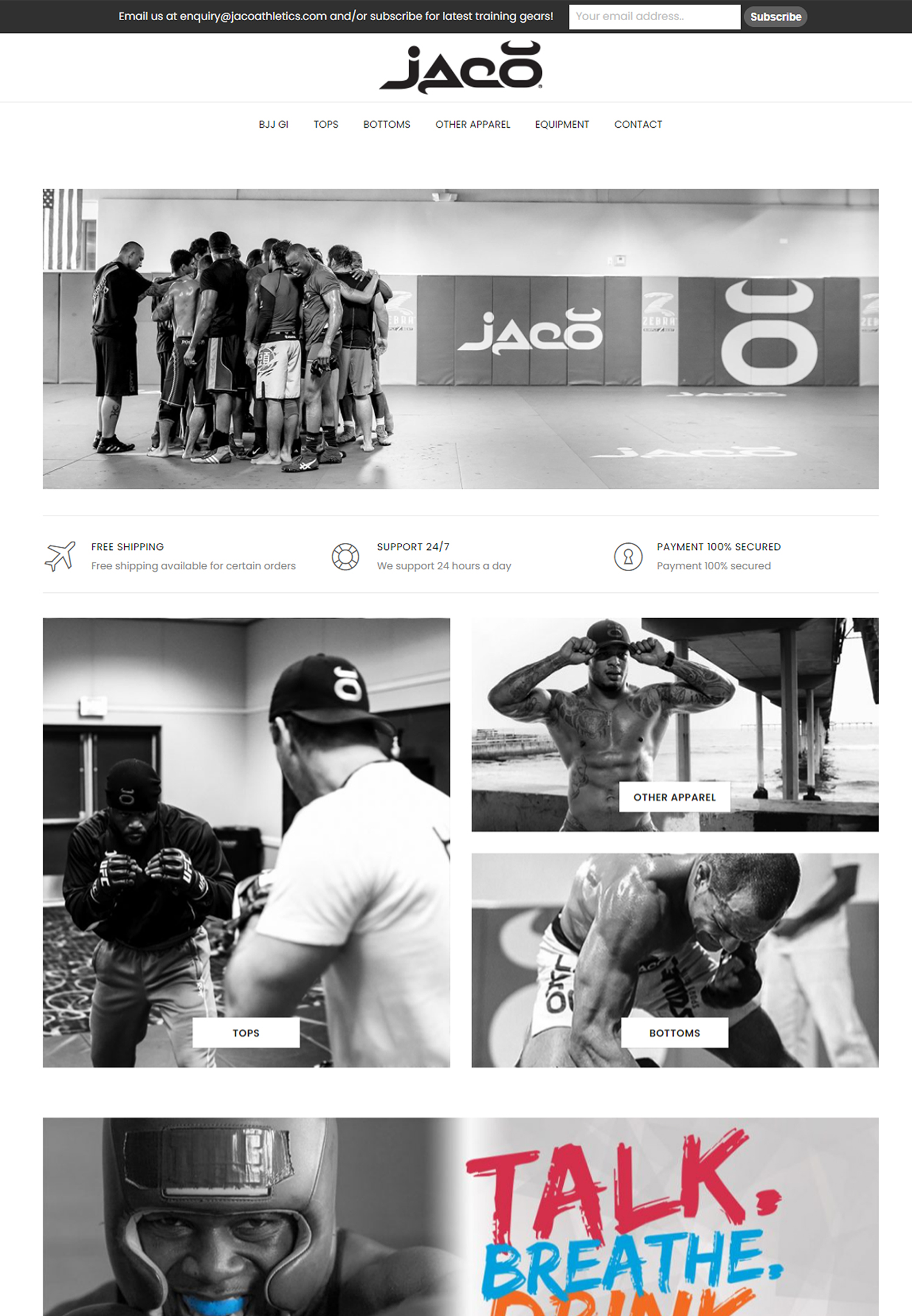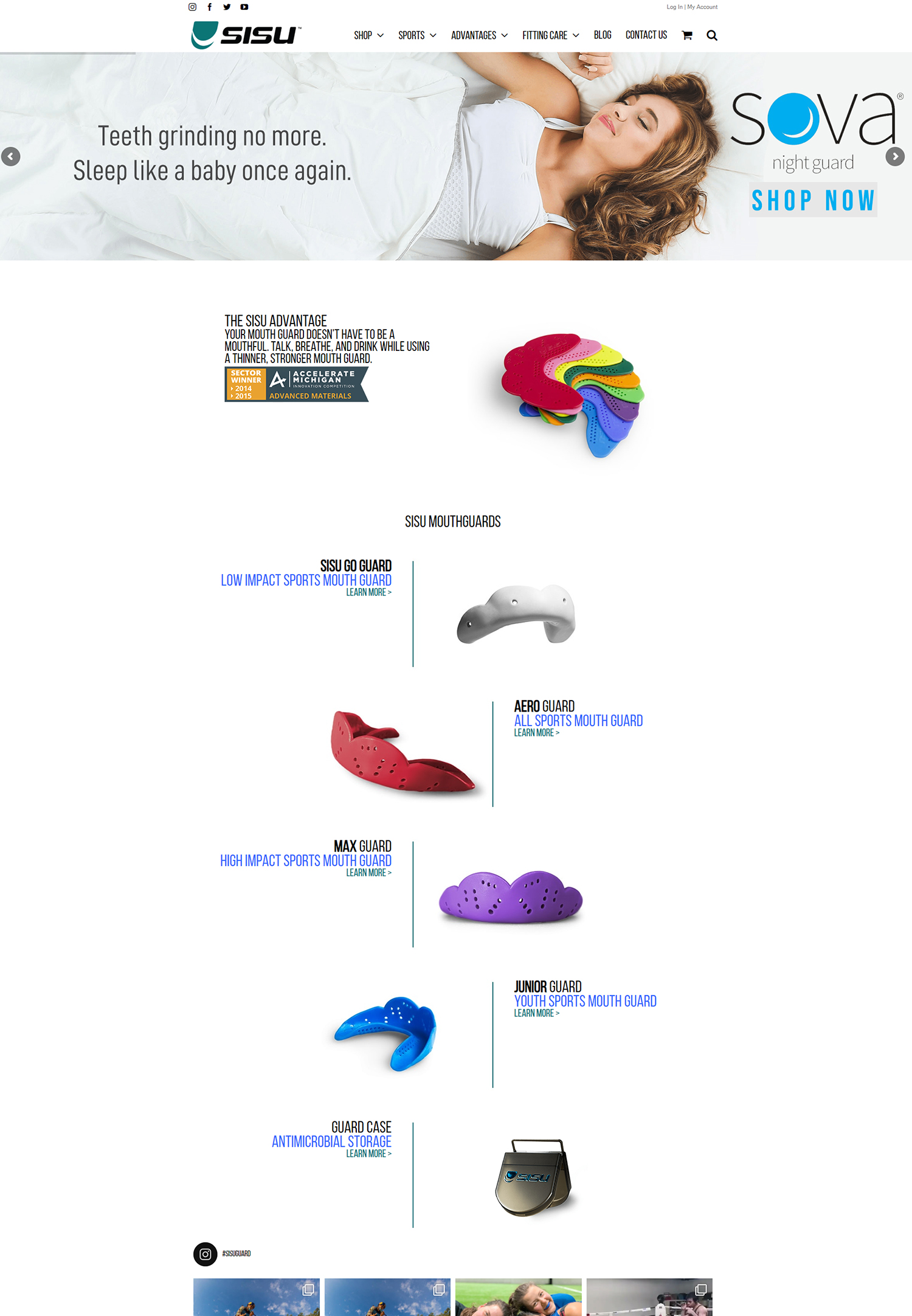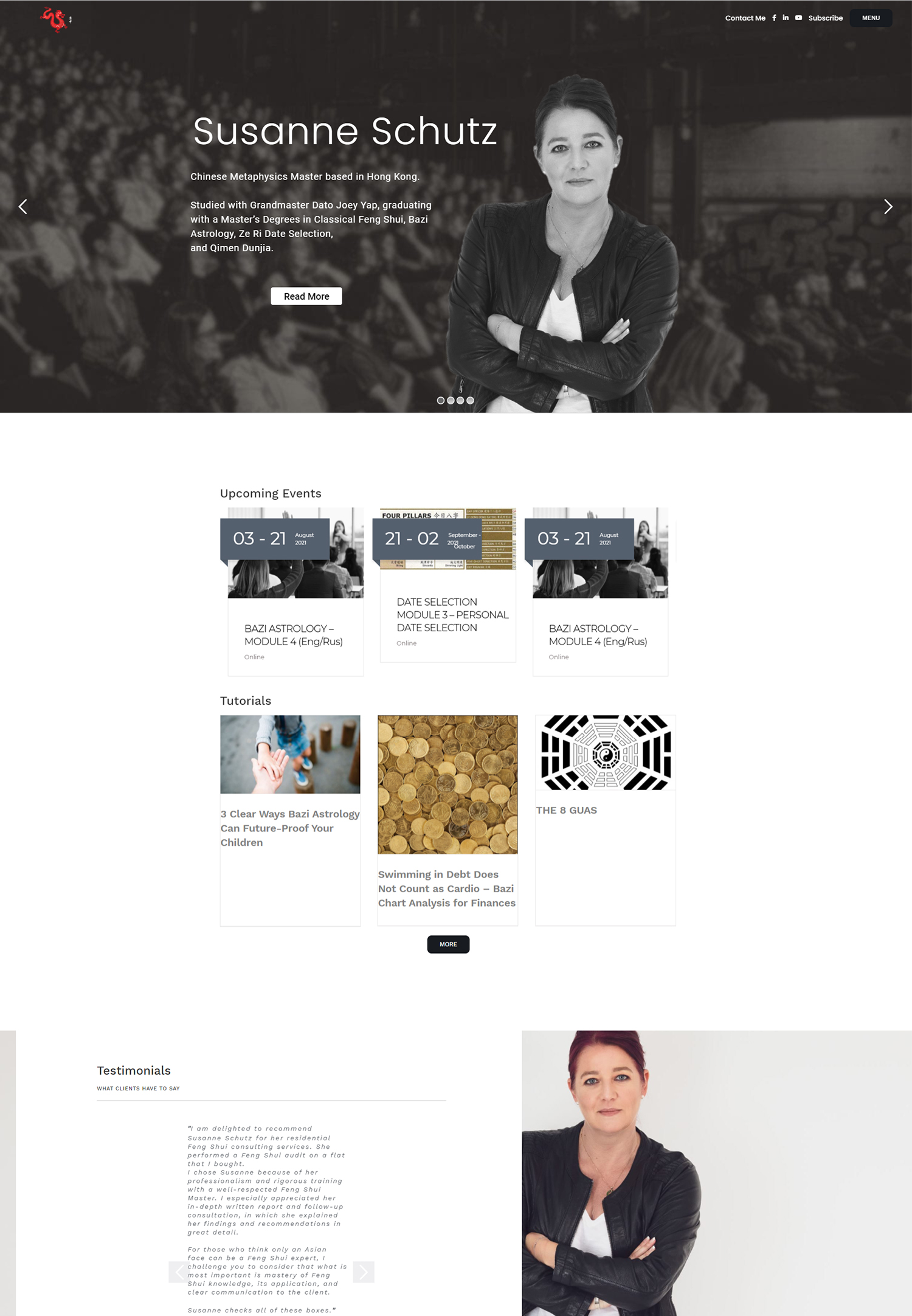Upselling and cross-selling are two powerful techniques that businesses can use to increase their revenue and maximize customer value. Upselling involves persuading customers to purchase a more expensive version of a product or service, while cross-selling involves offering additional products or services that complement the customer’s original purchase. These techniques are essential for revenue growth as they not only increase the average transaction value but also enhance customer satisfaction and loyalty.
Identifying the Right Products and Services for Effective Upselling and Cross-Selling
To effectively upsell and cross-sell, businesses need to understand their customers’ needs and preferences. This can be achieved by conducting market research, analyzing customer data, and gathering feedback. By understanding what customers are looking for, businesses can identify the right products and services to offer as upsells or cross-sells.
Analyzing purchase history and behavior is another crucial step in identifying the right products and services for upselling and cross-selling. By studying what customers have previously purchased, businesses can identify patterns and preferences that can guide their upselling and cross-selling strategies. For example, if a customer frequently purchases accessories for a particular product, offering them a bundle deal with those accessories can be an effective upsell.
Offering complementary products and services is also key to successful upselling and cross-selling. By understanding the customer’s original purchase, businesses can recommend additional products or services that enhance the customer’s experience or solve related problems. For example, if a customer purchases a camera, offering them a tripod or a camera bag as a cross-sell can be highly relevant and valuable.
Developing a Customer-Centric Approach to Upselling and Cross-Selling
A customer-centric approach is essential for successful upselling and cross-selling. Businesses should focus on customer satisfaction and loyalty rather than solely on increasing sales. By prioritizing the customer’s needs and preferences, businesses can build trust and rapport, leading to long-term relationships and repeat business.
Building trust and rapport with customers is crucial for effective upselling and cross-selling. Customers are more likely to accept recommendations and make additional purchases if they feel valued and understood. Businesses can achieve this by actively listening to customers, addressing their concerns, and providing personalized recommendations based on their specific needs.
Personalizing offers and recommendations is another important aspect of a customer-centric approach. By tailoring upsells and cross-sells to each individual customer, businesses can increase the chances of a successful sale. This can be done by leveraging customer data, such as purchase history, preferences, and demographics, to make relevant and targeted offers.
Training Your Sales Team for Successful Implementation of Upselling and Cross-Selling Techniques
Training your sales team is crucial for the successful implementation of upselling and cross-selling techniques. They need to have a deep understanding of the products and services being offered, as well as effective communication and persuasion skills.
Providing product and service knowledge is the first step in training your sales team. They need to be well-versed in the features, benefits, and value propositions of each product or service they are selling. This knowledge will enable them to confidently explain the upsell or cross-sell to the customer and address any questions or concerns they may have.
Teaching effective communication and persuasion skills is also essential. Sales representatives should be trained on how to engage with customers, actively listen to their needs, and present upsells or cross-sells in a compelling way. They should be able to highlight the value and benefits of the additional products or services, making it clear why it is a valuable addition to the customer’s original purchase.
Encouraging a positive attitude towards upselling and cross-selling is equally important. Sales representatives should view these techniques as a way to enhance the customer’s experience rather than simply increasing sales numbers. By emphasizing the value that upselling and cross-selling can bring to both the customer and the business, sales representatives will be more motivated and enthusiastic about implementing these techniques.
Leveraging Technology to Streamline Upselling and Cross-Selling Processes
Technology can play a significant role in streamlining upselling and cross-selling processes. Customer relationship management (CRM) software, for example, can help businesses track customer data, preferences, and purchase history, making it easier to identify upselling and cross-selling opportunities.
Implementing automated upselling and cross-selling tools can also be beneficial. These tools can analyze customer data in real-time and make personalized recommendations based on the customer’s purchase history or behavior. This not only saves time for sales representatives but also ensures that the right offers are presented to the right customers at the right time.
Analyzing data is another way technology can improve upselling and cross-selling strategies. By analyzing sales data, businesses can identify trends, patterns, and opportunities for improvement. This data-driven approach allows businesses to refine their strategies and make data-backed decisions to maximize revenue growth.
Creating Compelling Offers and Incentives to Encourage Upselling and Cross-Selling
Creating compelling offers and incentives is crucial to encourage customers to accept upsells and cross-sells. By providing additional value or incentives, businesses can increase the perceived benefit of making an additional purchase.
Offering discounts and promotions is a common strategy to encourage upselling and cross-selling. By providing a discount or promotion on the additional product or service, businesses can make it more enticing for customers to make the purchase. This not only increases the chances of a successful sale but also creates a sense of urgency or exclusivity.
Providing exclusive deals for loyal customers is another effective way to encourage upselling and cross-selling. By offering special discounts or promotions to customers who have shown loyalty or made multiple purchases in the past, businesses can reward their most valuable customers while also increasing their revenue.
Creating urgency with limited-time offers is yet another strategy to encourage upselling and cross-selling. By offering a limited-time deal or promotion, businesses can create a sense of urgency and scarcity, motivating customers to make a decision quickly. This can be particularly effective for customers who are on the fence about making an additional purchase.
Measuring the Effectiveness of Upselling and Cross-Selling Strategies
Measuring the effectiveness of upselling and cross-selling strategies is crucial to identify what works and what doesn’t. By tracking sales and revenue growth, businesses can determine the impact of their upselling and cross-selling efforts.
Analyzing customer feedback and satisfaction is another important metric to measure the effectiveness of upselling and cross-selling strategies. By gathering feedback from customers who have accepted or declined an upsell or cross-sell, businesses can gain insights into what resonates with customers and what doesn’t. This feedback can then be used to refine and improve future strategies.
Adjusting strategies based on results is the final step in measuring the effectiveness of upselling and cross-selling strategies. By analyzing the data and feedback gathered, businesses can identify areas for improvement and make necessary adjustments to their approach. This iterative process allows businesses to continuously improve their upselling and cross-selling techniques for maximum effectiveness.
Addressing Common Challenges and Objections in Upselling and Cross-Selling
Upselling and cross-selling can sometimes face resistance or objections from customers. It is important for businesses to address these challenges effectively to ensure a positive customer experience.
Overcoming customer resistance and objections requires active listening and empathy. Sales representatives should take the time to understand the customer’s concerns or objections and address them in a respectful manner. By providing clear explanations or solutions, businesses can alleviate any doubts or hesitations the customer may have.
Avoiding pushy or aggressive sales tactics is crucial in upselling and cross-selling. Customers are more likely to reject an offer if they feel pressured or manipulated into making an additional purchase. Instead, businesses should focus on building trust and rapport with customers, providing them with relevant information and allowing them to make an informed decision.
Handling customer complaints and concerns is another challenge that may arise in upselling and cross-selling. It is important for businesses to have a robust customer service process in place to address any issues that may arise. By promptly addressing and resolving customer complaints or concerns, businesses can maintain a positive relationship with the customer and prevent any negative impact on future sales.
Building Long-Term Customer Relationships through Upselling and Cross-Selling
Upselling and cross-selling can be powerful tools for building long-term customer relationships. By focusing on customer satisfaction and providing exceptional service, businesses can foster loyalty and repeat business.
Fostering loyalty and repeat business requires businesses to go above and beyond to meet customer expectations. This can be achieved by consistently delivering high-quality products or services, providing exceptional customer service, and offering ongoing support and follow-up.
Providing exceptional customer service is crucial in building long-term customer relationships. By being responsive, attentive, and proactive in addressing customer needs, businesses can create a positive experience that customers will remember. This not only increases the chances of successful upselling and cross-selling but also encourages customers to become brand advocates and refer others to the business.
Offering ongoing support and follow-up is another way to build long-term customer relationships. By staying in touch with customers after a purchase, businesses can demonstrate their commitment to their satisfaction. This can be done through personalized emails, phone calls, or even personalized recommendations based on their previous purchases.
Staying Ahead of the Competition with Innovative Upselling and Cross-Selling Techniques
In today’s competitive business landscape, it is important for businesses to stay ahead of the competition by continuously innovating their upselling and cross-selling techniques.
Keeping up with industry trends and changes is crucial in staying ahead of the competition. By staying informed about the latest developments in the industry, businesses can identify new opportunities for upselling and cross-selling. This can include new products or services, emerging customer needs, or changes in consumer behavior.
Offering unique and innovative products and services is another way to differentiate from the competition. By providing something that no one else in the market offers, businesses can create a unique selling proposition that sets them apart. This can make upselling and cross-selling more compelling as customers will see the additional value they can get from the business.
Continuously improving and refining strategies is the final step in staying ahead of the competition. By analyzing data, gathering feedback, and monitoring industry trends, businesses can identify areas for improvement and make necessary adjustments to their upselling and cross-selling techniques. This iterative process allows businesses to continuously innovate and refine their strategies for maximum effectiveness.
Upselling and cross-selling are powerful techniques that businesses can use to increase their revenue and maximize customer value. By identifying the right products and services, developing a customer-centric approach, training the sales team, leveraging technology, creating compelling offers, measuring effectiveness, addressing challenges, building long-term relationships, and staying ahead of the competition, businesses can successfully implement these techniques for revenue growth and customer satisfaction. It is important for businesses to prioritize these techniques and continuously refine their strategies to stay competitive in today’s market.
If you’re interested in implementing upselling and cross-selling techniques to boost your online sales, you may also find this article on how to increase online sales for your eCommerce business helpful. It provides valuable insights and strategies to optimize your website and improve conversion rates. Check it out here.
FAQs
What is upselling?
Upselling is a sales technique where a seller encourages a customer to purchase a more expensive version of the product or service they are interested in.
What is cross-selling?
Cross-selling is a sales technique where a seller encourages a customer to purchase additional products or services that complement the product or service they are interested in.
Why are upselling and cross-selling important?
Upselling and cross-selling can increase revenue and profitability for businesses by encouraging customers to spend more money. They can also improve customer satisfaction by offering them more options and solutions.
What are some examples of upselling and cross-selling techniques?
Examples of upselling techniques include offering a premium version of a product or service, suggesting add-ons or upgrades, and highlighting the benefits of a more expensive option. Examples of cross-selling techniques include suggesting complementary products or services, offering bundles or packages, and highlighting the benefits of using multiple products or services together.
How can businesses implement upselling and cross-selling techniques?
Businesses can implement upselling and cross-selling techniques by training their sales staff, using data and analytics to identify opportunities, offering incentives for successful upsells and cross-sells, and using technology such as personalized recommendations and targeted marketing.






